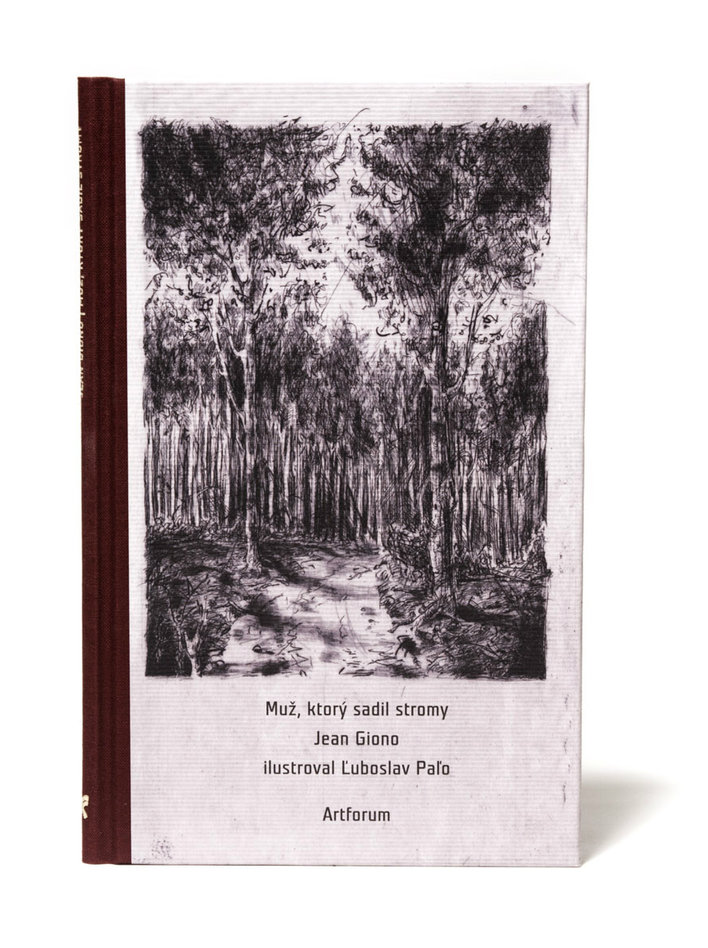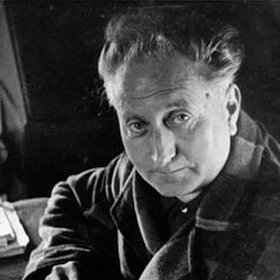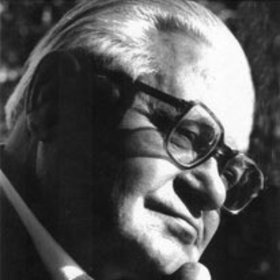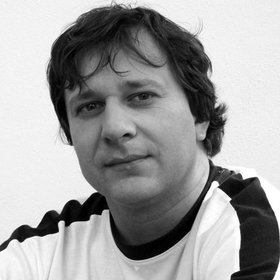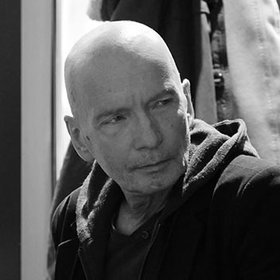Man, Who Planted Trees
Jean Giono
Book with a message of hope and meaning of life, vision and human nature.
The story begins in the year 1910, when this young man is undertaking a lone hiking trip through Provence, France, and into the Alps, enjoying the relatively unspoiled wilderness.
The narrator runs out of water in a treeless, desolate valley where only wild lavender grows and there is no trace of civilization except old, empty crumbling buildings. The narrator finds only a dried up well, but is saved by a middle-aged shepherd who takes him to a spring he knows of.
Curious about this man and why he has chosen such a lonely life, the narrator stays with him for a time. The shepherd, after being widowed, has decided to restore the ruined landscape of the isolated and largely abandoned valley by single-handedly cultivating a forest, tree by tree. The shepherd, Elzéard Bouffier, makes holes in the ground with his curling pole and drops into the holes acorns that he has collected from many miles away.
The narrator leaves the shepherd and returns home, and later fights in the First World War. In 1920, shell-shocked and depressed after the war, the man returns. He is surprised to see young saplings of all forms taking root in the valley, and new streams running through it where the shepherd has made dams higher up in the mountain. The narrator makes a full recovery in the peace and beauty of the regrowing valley, and continues to visit Bouffier every year. Bouffier is no longer a shepherd, because he is worried about the sheep affecting his young trees, and has become a bee keeper instead.
Over four decades, Bouffier continues to plant trees, and the valley is turned into a kind of Garden of Eden. By the end of the story, the valley is vibrant with life and is peacefully settled. The valley receives official protection after the First World War. (the authorities mistakenly believe that the rapid growth of this forest is a bizarre natural phenomenon, as they are unaware of Bouffier's selfless deeds), and more than 10,000 people move there, all of them unknowingly owing their happiness to Bouffier. The narrator tells one of his friends in the government the truth about the natural forest, and the friend also helps protect the forest.
The narrator visits the now very old Bouffier one last time in 1945. In a hospice in Banon, in 1947, the man who planted trees peacefully passes away.
